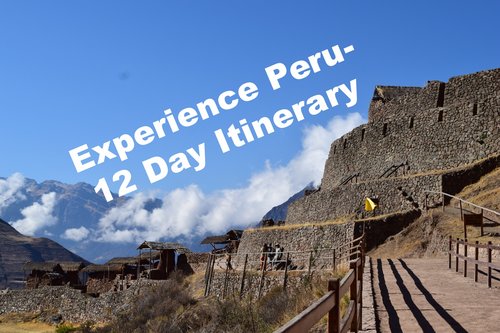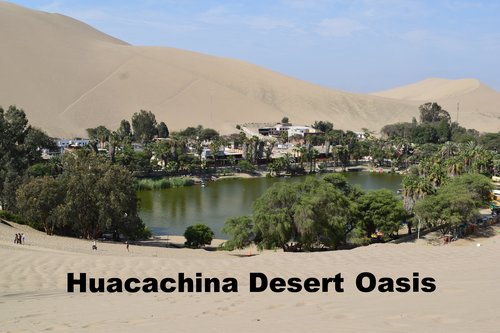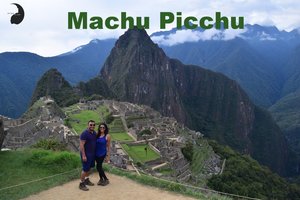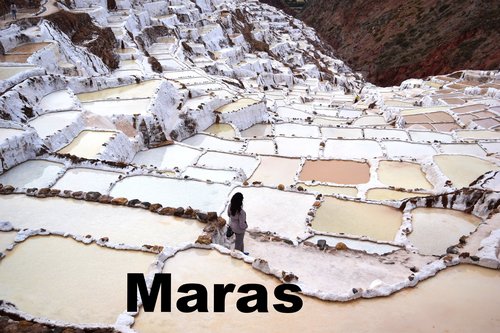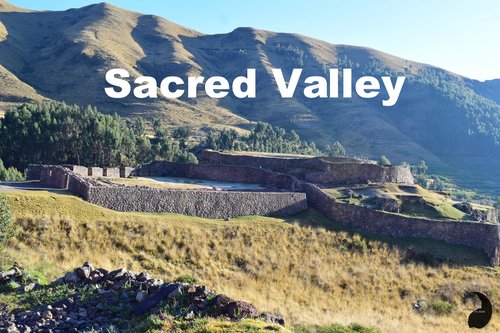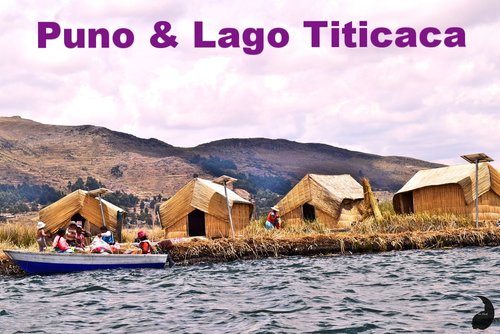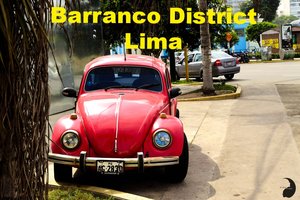We were wonder struck after exploring the beautiful city of Cusco, Machu Picchu, and the surrounding Sacred Valley region. We found ourselves triumphant after completing a very active itinerary in the area, achieving some personal bucket list goals! It was now definitely time to unwind and go on true vacation mode for a bit! We made our way to Puno, the city that boasts about its most priced possession- Lake Titicaca. This is the highest navigable lake in the world and one of the largest lakes in South America.
To get from Cusco to Puno, you may consider taking a luxurious train ride with the Belmond Andean Explorer on a scenic rail route. This option comes highly recommended for its stunning vistas of the majestic Andes ranges. However, we wanted to explore like the locals and chose a more affordable road trip option during our journey. We hopped on board a guided tour bus with the Inka Express. We truly enjoyed the comfortable bus ride and experienced intriguing local pit stops that we would have missed had we taken the train.
TRAVEL
The journey from Cusco to Puno on the Inka Express was about ten hours. The itinerary of our guided tour included five main stops along with a layover for lunch before reaching Puno. Snacks and refreshments were served throughout by hospitable staff. The guide explained the details of the different locations in English and Spanish.
COST
You can book your journey online for 50 USD. We thought this was a very reasonable cost considering the duration of the travel, the guided local tours, and the meals and refreshments. There is an additional charge to get your access/entry pass to visit the local attractions.
ITINERARY
We hopped on board the bus at 6:50 am and made it to Puno around 5:30 pm. See below for details!
Andahuaylillas Church
This 16th century church is also known as 'The Sistine Chapel of the Andes'. With a simplistic elegant exterior and ornate interiors, this church was a lovely start to our journey. The Andahuaylillas church was built by the Spaniards after destroying the local Andean temple in the area. An interesting fact for you- the church houses the two largest pipe organs in the Americas. You can also see the remnant 'waca' (i.e., holy shrine) of the pre-existing Inca temple inside the church.
Raqch'i
This is an interesting archaeological site with the ruins of the largest temple built by the Incas. This was one of our favorite stops on our guided tour. The temple was built for 'Viracocha', the creator or the 'God of the Gods'. The Incas did not have an idol for this particular God, contrary to their traditional practice.
Another unique feature of the temple at Raqch'i is that it was built with stones, that the Incas were popularly known for, and mud bricks. This is apparently the only temple where mud bricks were used to support the tall and gigantic structure of the temple.
We took our time exploring the temple ruins as well as the residential colony behind the temple. I absolutely loved the little marketplace at the entrance. I found some amazing souvenirs for a good price at the local market.
One thing worth mentioning is the cute old lady that we saw at Raqch'i. She popped out of a little corner and allowed us to take pictures with her for a small tip. Isn't she the most adorable person ever? I've seen her in many Instagram images. I think she is a timeless touristic attraction here as much as the temple monument in the area!




Marangani
Our next stop was Marangani where we devoured a delicious buffet and enjoyed a performance by a local artist, who played traditional Andean music.
Abra La Raya
We made a quick pit stop at the scenic La Raya Pass, an extensive mountain range of the Andes situated in the Puno region. The altitude is a whooping 4,338 meters (14,232 feet), one of the highest points on our journey!
This is also where we met our favorite fur buddy! All that swag! What do you think?
Take a peek at this vibrant market place showing off its colors against the stunning backdrop of the mountains. Who wouldn't want to shop at a market like this?




Pucará
The local Pucará museum houses artifacts of the ancient Pucará civilization that existed 2000 years ago (500 BC-200 AD). This was the earliest civilization to live in the Titicaca basin, preceding the Andean people. It was quite interesting to see the stone monolith displays, while listening to accounts about the Pucará people. One fact that stuck with me was their practice of human sacrifices. They picked the most beautiful men and women for their sacrifices. Most often, children were sacrificed because they were considered to be angels with the ability to serve as messengers to the Gods. This religious practice was even carried out by the Incas for a certain time period and was stopped when the Spanish invaders introduced Christianity.
All around the village, we noticed many idols of bulls, known to be a sacred symbol and protector of the local people.
The stunning architecture of the Santiago de Pupuja church, that we saw in Pucará, speaks for itself in these images!
The Locals
What we loved the most about our journey was the opportunity to see different Peruvian locals busy with their day to day lives. It was truly grounding to see how they went about their day in their walks of life. The views were so different than what we saw in the big cities of Lima and Cusco.
The icing on the cake was the first sunset view of lake Titicaca.
Brace yourself for a culture fest as we take our travelling toes to Puno next week!
If you enjoyed reading this blog, you may also like:









































